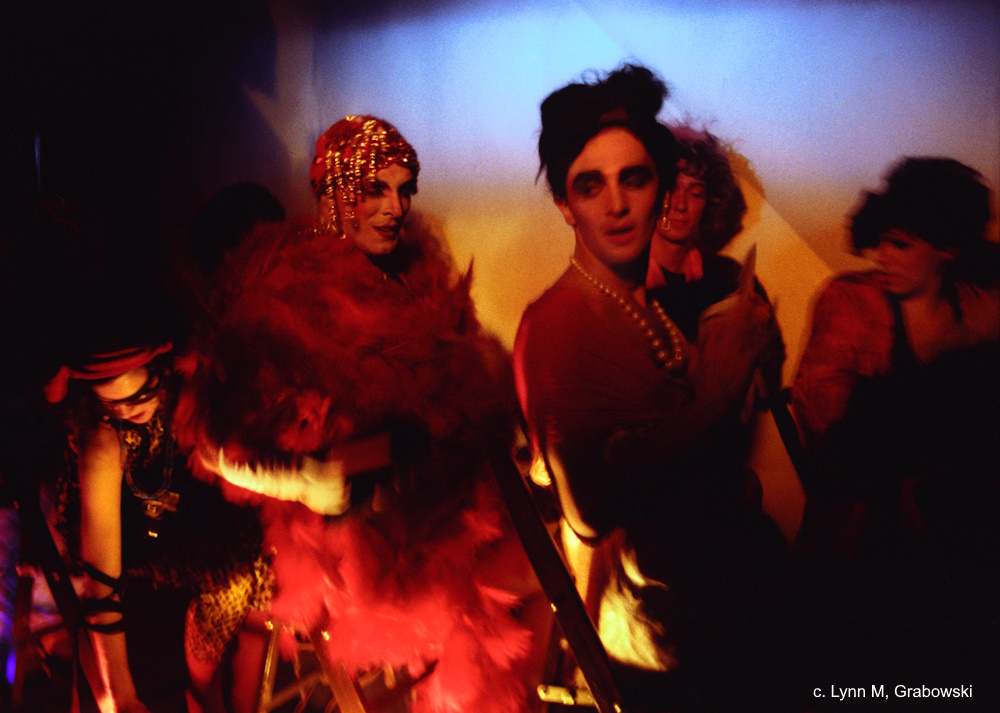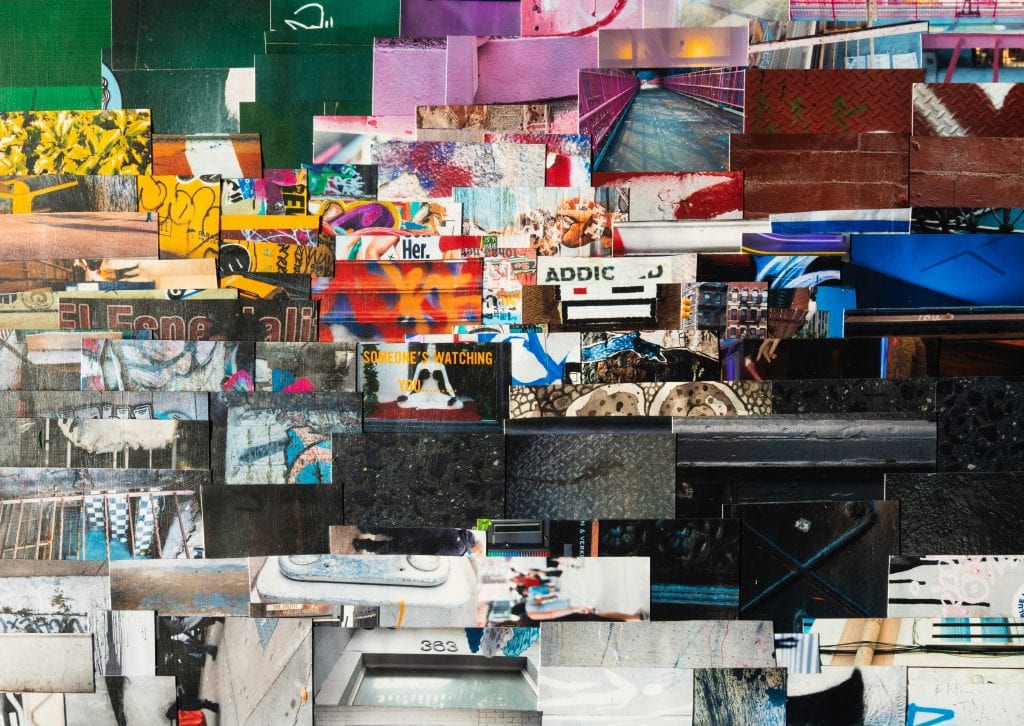There is a history of painters who paint what they know, and there is a history of painters who paint whom they know. Caravaggio based his paintings of the Madonna and the saints on the rough-and-tumble denizens of his demimonde. Many a prostitute posed as the Virgin Mary, queen of heaven. In the 1880s Toulouse-Lautrec painted the people he socialized with—the music-hall artists of Montmartre and underground club habitués.
For the past 27 years, Zito has painted the people he knew in the East Village. His storefront studio on Ludlow Street invited the free flow of characters. It was a fluid salon where you would spot Zito’s subjects seated around the room as their portraits watched them from the studio walls. That was New York’s Lower East Side and East Village at the end of the 20th century—the last authentic or largely market-free bohemia—at a time when the members of downtown’s last avant-garde roamed the streets, diners, bars, and gallery spaces.

This was the period when DIY, indie, and alternative values still created and defined downtown art culture. Downtown New York was a place where musicians painted and painters played music…where painters, poets, musicians, drinkers, druggies, and hangers-on were each other’s audience. This is where the creative geniuses who had set the standard 50 years before were still a part of daily life. John Vaccaro of the Playhouse of the Ridiculous; poet, actor, and Warhol superstar Taylor Mead; and godfather of experimental film Jonas Mekas knocked around the same streets and bars—Max Fish, Pink Pony, Lucien, and Mars Bar, to name a few.
For sheer audacity nothing could touch Mars Bar. Part punk holdout, part Bowery flophouse-era remnant, Mars Bar was for serious drinkers and serious people who drank. Its walls were hung with art third-stringers traded for cheap bourbon. Was the art good? Who knew? You couldn’t see it! The place was dim, illuminated by one light bulb. The deeper you went, the darker it got. Rising out of that darkness was the acridest stench imaginable. Only the drunkest or most desperate braved the bathroom that made CBGB’s smell like a rose garden.
Mars Bar was presided by Hank Penza, a Sicilian wise guy who got away from the mob. At different times between the 50s and 80s, when the Bowery was still filled with hundreds of derelict winos, and bums milling in the street and lying in the gutters, Hank had owned various bars. As the 21st century arose, he was left with Mars Bar, once aptly described as being full of “real people getting real drunk for real reasons.”
In 2013, Mars Bar was shuttered with the tearing down of the building at 11 Second Avenue. The place was a real dive. The varsity bros who troll the streets of the East Village and Lower East Side nowadays would not stand a chance in there. It was the last of the Bowery bars of yore. Think alcoholics without jobs rather than alcoholics who drank after work. Think lost weekend on a Tuesday night. The Mars Bar was the end of the line—painters, poets, writers, musicians, alkies, and junkies, along with painters who had stopped painting, musicians who had stopped playing, writers who had stopped writing, and the codependent women who loved them.
This is the world Antony Zito entered in 1992. Like many before him, after college, he made his way to the East Village/Lower East Side, in his case from western Massachusetts with his band Agnes Moorhead. Zito was born into an Italian American family, in the small farm town of East Granby, Connecticut. His father John was a second-generation Italian American who continued the family business, carving marble memorial headstones that adorned the graves of northern Connecticut. Both his mother and father were artists who met at Hartford Art School. His mother, Rosemary, eventually turned her focus more to motherhood than art, but his late father, John, was a charismatic full-blooded painter and sculptor, returning home after work to paint and draw.

Zito drew and painted from birth. It’s in his bloodline. My Father Was a Satyr is the artist’s largest and most comprehensive one-man show to date. The exhibition marks the completion of a cycle, of the “hero’s journey,” with all-new work—from monumental welded metal sculptures to large multiple-panel paintings.
In 2003, Zito was doing live painting at the Apocalypse Lounge, run by the late Fred Rothbell-Mista of the legendary Limelight’s VIP Lounge. The opportunity for a gallery show was proposed by the future Howl! Happening’s Jane Friedman, but Zito would have to wait for the gallery to manifest itself. As a young painter, he was unable to envision how something that far in the future would happen. It seemed improbable—just as the future seems improbable to all of us!
Time marched on, and in 2011, Zito lost the Lower East Side apartment where he had put down roots and, in a story that is sadly familiar to so many of us, was forced to leave. At the same time, the neighborhood was cracking under the weight of hyper-gentrification. Many art and music venues that had defined the scene for decades were closing—and had been closing for over a decade—but something marvelous was happening. Howl! Happening was rising. It was around this time that Zito was going back and forth to East Granby, to a studio where he could work.
The future was upon him; he was offered a massive space where he could work large. Suddenly the found items he had collected for two decades—the hallmark of his painting style—beckoned him. They were no longer an abstract collection of found items but a vocabulary he had cultivated for years. He was back in the place he had once left, focused on his own artistic upbringing and tradition.
This show is about Zito’s personal journey, his history, and his future. He has built a show of unanswered questions, asked in the vocabulary he had come to discover over two decades in the East Village and Lower East Side. The show is guarded by his father, the painter John T. Zito Jr., and by his second paternal-figure and mentor Hank Penza. In My Father Is a Satyr, Antony paints Hank Penza as The Shaman who stands guard over the Mars Bar, the gates of hell. In the “hero’s journey,” one is either purified or destroyed. My Father Was a Satyr is a fable, a storybook. It’s about what lies between and beyond the gates of the underworld.



